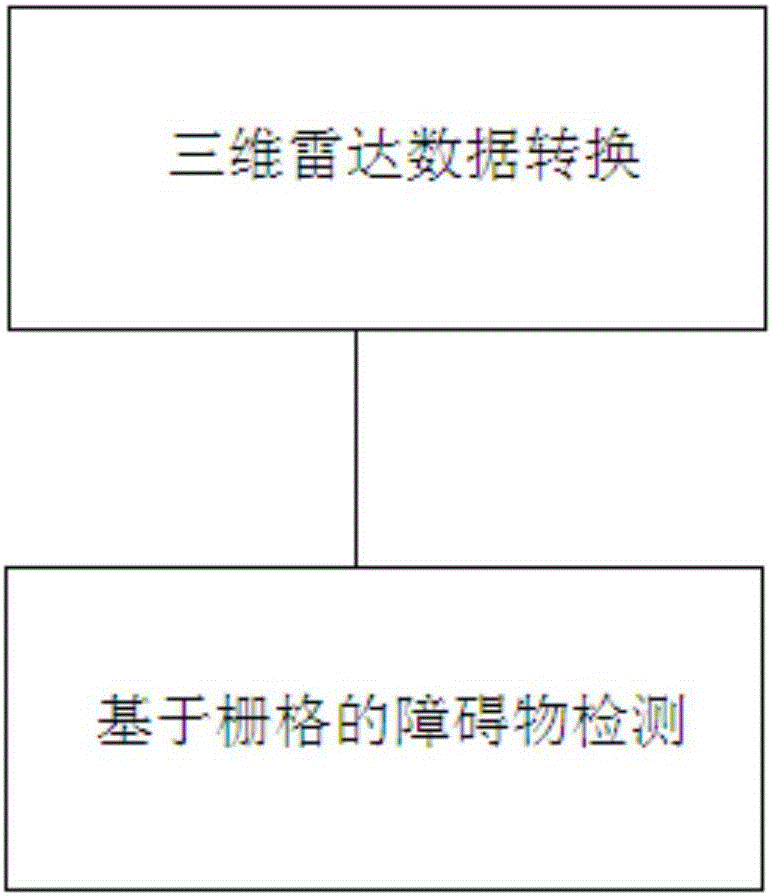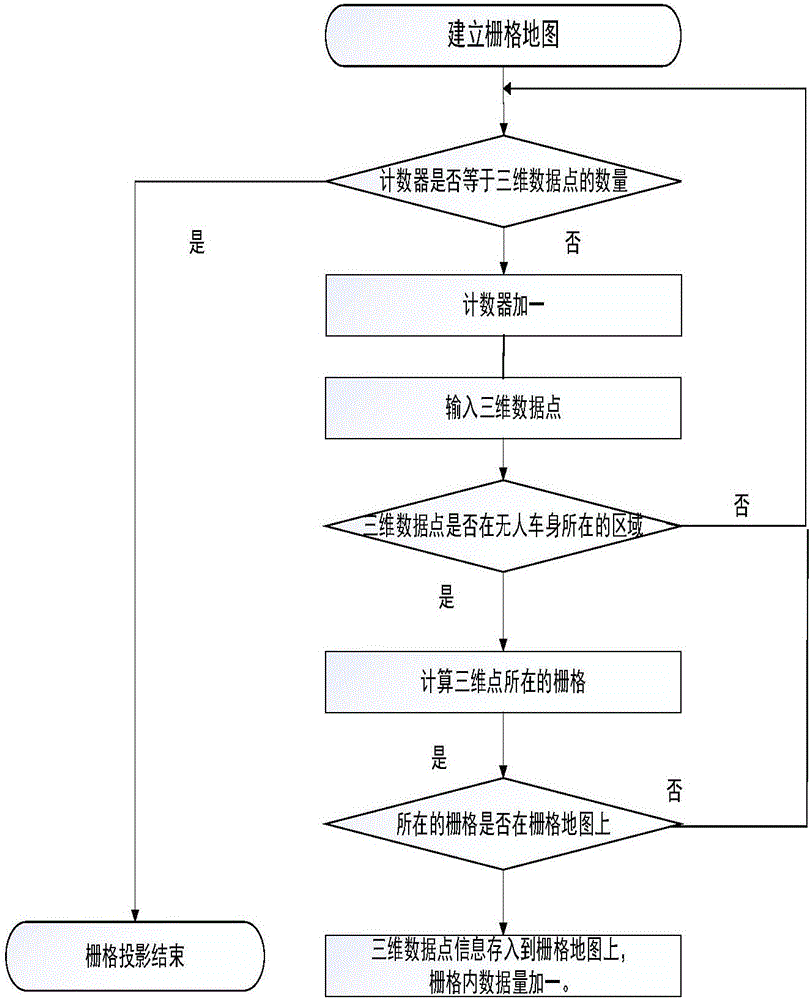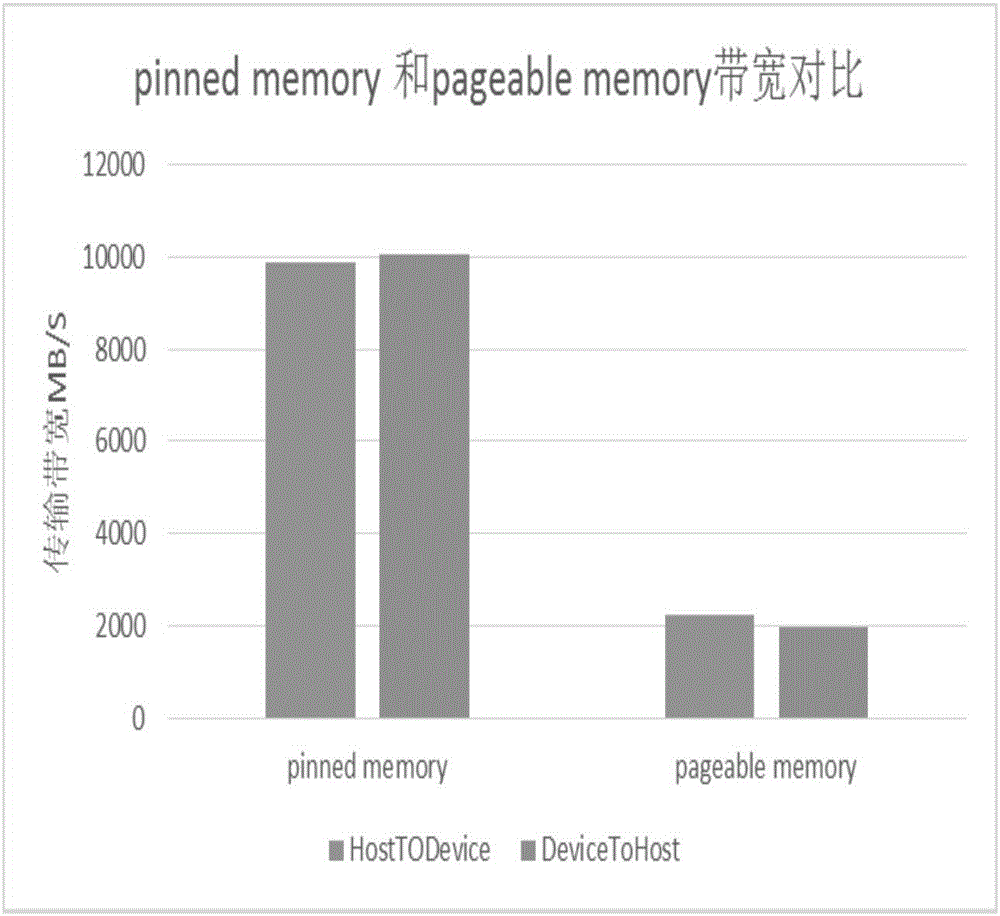Driverless car obstacle detection method based on TegraX1 radar data
A technology for obstacle detection and radar data, which is applied in radio wave measurement systems, measurement devices, and electromagnetic wave re-radiation. real-time effects
- Summary
- Abstract
- Description
- Claims
- Application Information
AI Technical Summary
Problems solved by technology
Method used
Image
Examples
Embodiment Construction
[0024] The invention provides an unmanned vehicle obstacle detection method based on Tegra X1 radar data, adopts velodyne lidar as a sensor to collect environmental information, and is equipped with an NVIDIA Tegra X1 mobile processor to realize unmanned vehicle obstacle detection. In order to further illustrate the technical content of the present invention, the innovative points have good effects, and the following describes in detail in conjunction with the embodiments and accompanying drawings.
[0025] Such as figure 1 As shown, the inventive method is divided into two steps: 1, three-dimensional radar data conversion 2, obstacle detection
[0026] Since there are more complex logic processing and transaction management in the process of 3D radar data conversion, this process is not suitable for calculation in GPU. The present invention therefore handles this process by using the NVIDIA Tegra X1 arm processor.
[0027] Due to the large amount of radar point cloud data (...
PUM
 Login to View More
Login to View More Abstract
Description
Claims
Application Information
 Login to View More
Login to View More - R&D
- Intellectual Property
- Life Sciences
- Materials
- Tech Scout
- Unparalleled Data Quality
- Higher Quality Content
- 60% Fewer Hallucinations
Browse by: Latest US Patents, China's latest patents, Technical Efficacy Thesaurus, Application Domain, Technology Topic, Popular Technical Reports.
© 2025 PatSnap. All rights reserved.Legal|Privacy policy|Modern Slavery Act Transparency Statement|Sitemap|About US| Contact US: help@patsnap.com



